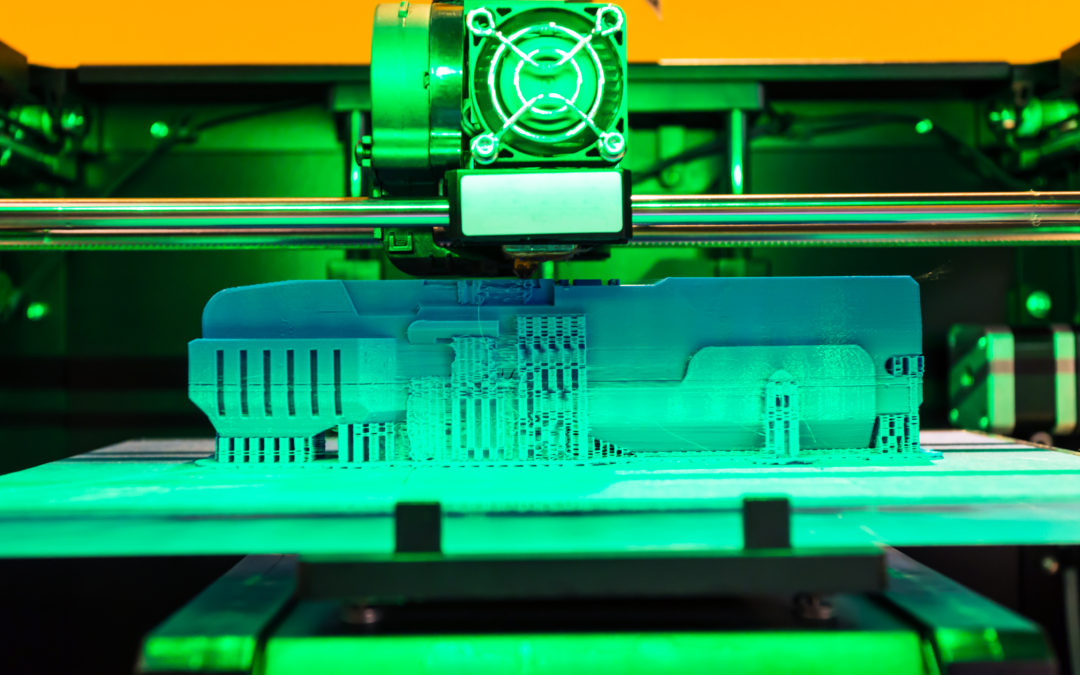Only days after a Russian mobile 3D printer constructed a 310-square-foot structure with a bathroom, kitchen, and living room/bedroom in only 24 hours at a cost of $10,134, a Ukranian 3D printer claimed it can also create a home in less than a day. They call it the PassivDom.
The home is wired for connectivity and can be controlled from a smartphone, but what’s more impressive are the eco-friendly features. PassivDom is a completely self-supporting home that produces its own heat and power from the energy provided by roof solar panels. “The thermal characteristics are high enough to use 20 times less energy than an ordinary building,” stated PassivDom founder, Max Gerbut. The house requires no gas or water hookups, allowing the home to be assembled almost anywhere. The home is constructed from a material which is a combination of aluminum, carbon, and fiberglass, making the entire structure recyclable.
Unlike the Russian home, the PassivDom costs approximately $64,000 to print, however, it comes move-in ready, even including kitchen appliances and wine glasses. The Ukranian company has already come up with “packages” that cater to different individuals, such as the Comfort home, which features a fireplace, terrace, and home theater. They also have the Tamagotchi smart-house and the Zombie Apocalypse house with a perimeter alarm system intact.
While this is all exciting to dream about, I must take an interest in the possibilities this can lead to. We are burning more fossil fuels than we can regenerate. Additionally, the burning of those fossil fuels emits pollution which weakens our ozone layer, which has drastic effects on our environment. We burn fossil fuels for energy and the most common forms of energy generation in homes in the United States are natural gas and electricity, followed by heating oil.
The 2016-2017 estimated average residential winter heating bills are expected to be over $2,000 for heating oil and $553 for electric. A recent study shows that this year’s U.S. consumer heating expenditures versus the preceding year’s show an increase in consumer heating expenditures for natural gas (13%), heating oil (44%), and propane (22%.) Energy, oil, and fuel are always the focus of conflict.
Generating affordable, energy efficient homes could make a positive change in the current consumption rates, it could also change the landscape of housing crises around the world. Yemen is directly affected by the housing crisis. Many homes have been destroyed from the war in Yemen. The possibility of 3D printed homes could mean rebuilding these homes quicker than ever before and more Yemenis living in environmentally friendly homes.
If we can generate homes that people can live in, costing less than $10,000, requiring no energy, water, heating set up; we can create not only more homes but make a true impact on the environment. Not only would solar-powered homes decrease energy consumption, but it would provide affordable homes that are eco-friendly as well. We could house citizens of Yemen, we could use solar-panel run structures to run hospitals, vehicles, etc. The sheer possibility of what 3D printing can offer at an affordable price and in an eco-friendly manner is endless.
Haitham Alaini is an entrepreneur from Yemen with over 20 years of experience. He focuses on issues surrounding the environment, education, and preserving Yemen. Alaini is passionate about exploring innovative technology that will help improve Yemen, his native country.
To learn more about Haitham Alaini visit:
Haitham Alaini – Website: haithamalaini.org
Haitham Alaini (@haitham_alaini) – Twitter: https://twitter.com/haitham_alaini
Haitham Alaini – Facebook: https://www.facebook.com/haithammalaini?fref=ts
SOURCE Haitham Alaini
